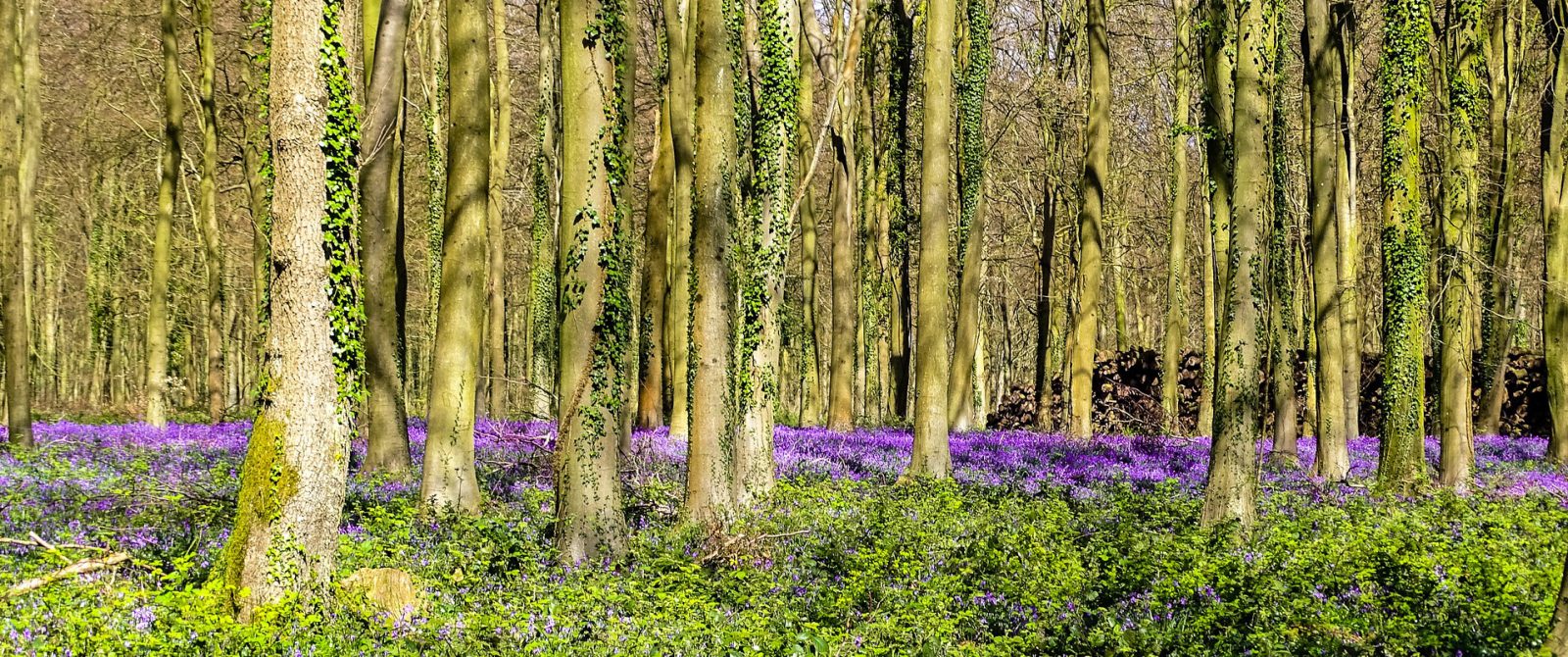A new report by Ecological Planning & Research (EPR) has stressed the role that builders have in meeting the new target for net gain of biodiversity, as set out in the new Environment Bill, currently working its way through Parliament.
Building Biodiversity Net Gain into Housing sets out ways that developers can generate improved benefits for environmental, social and economic benefits as part of their proposals, relevant for custom build developers as even small sites sit within the mandatory requirement.
The National Planning Policy Framework (Para 170 d.) and National Planning Practice Guidance already requires development to have a net gain for biodiversity, but the new Environment Bill will go further. It will do this by strengthening the existing requirements for “net gain” in biodiversity across new developments through planning policy.
Currently, the proposed Bill sets an expectation of a biodiversity gain of a 10% increase compared to pre-development levels. The report by EPR sets out cost effective strategies for meeting this target, based around protecting, restoring and creating biodiversity – with a timely approach to ensure maximum effect.
This could include a range of measures, such as fruit tree or hedgerow planting, or restoring habitats like ponds, such as LivedIN Custom Build’s Ingoldisthorpe 12-plot scheme, set around a refurbished and extended village pond.
Prior to the Coronavirus, government was sticking to its targets of 300,000 homes per year by the mid 2020s, and EPR warn that such volume needs careful handling to ensure that habitats and environments are not damaged or lost.
In the report, EPR sets out the case for wider thinking that the assumptions based around habitats can be misleading as they can vary locally, pressing the case for targeted advice early on to ensure the right measures are implemented.
Ben Kite, managing director and principal ecological consultant at EPR, said: “Over a quarter of mammals in the UK – including much-loved species like the hedgehog, hazel dormouse and water vole – are in danger of extinction.
“However – if done right – measures taken to achieve the requirements set out in the emerging environment bill will enable developers to enrich the environment and protect these species as they build much-needed new communities. This is a golden opportunity for developers to show that the natural environment can be improved because of new development – not despite it.”



